19/04: Riverside
Category: General
Posted by: The Agnew Family
Today we are leaving the desert and moving to the coast. On the way we are stopping in Riverside.
By 1882 Riverside was home to more than half of California's citrus groves, making it the state's wealthiest city per capita in 1895. The prosperity produced a downtown area of opeulent architecture, which is well preserved today.
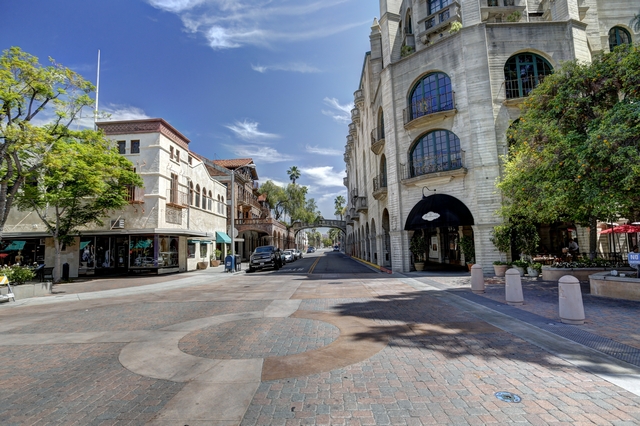
A couple of the beautiful churches in the downtown area.
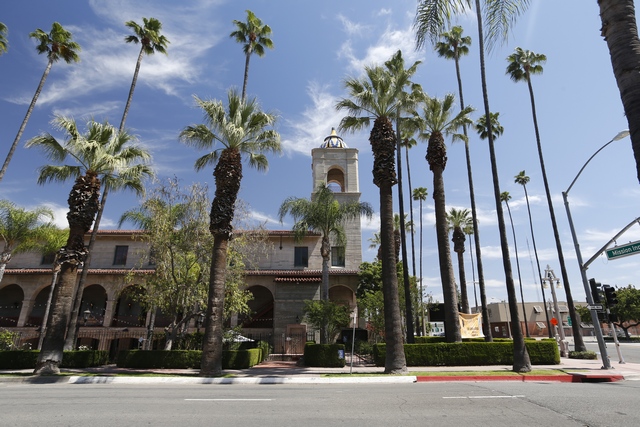
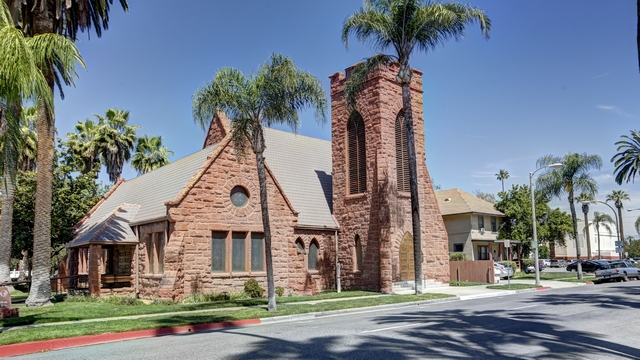
The crown jewel of Riverside is the Mission Inn, a Spanish Revival hotel whose elaborate turrets, clock tower, mission bells, and flying buttresses rise above down.
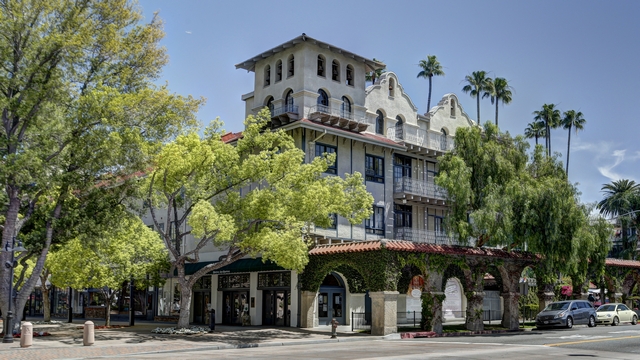
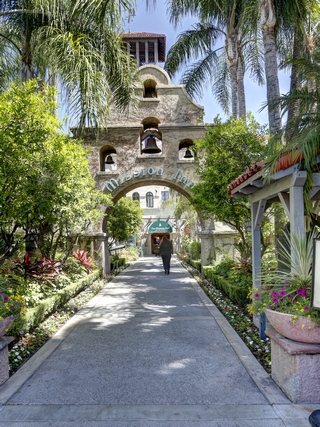
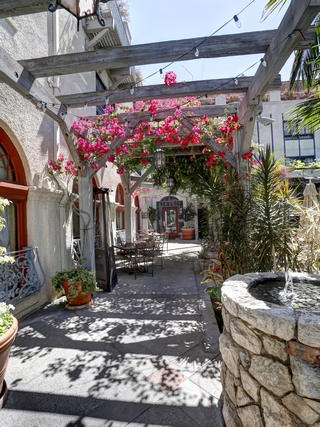
The entrance.
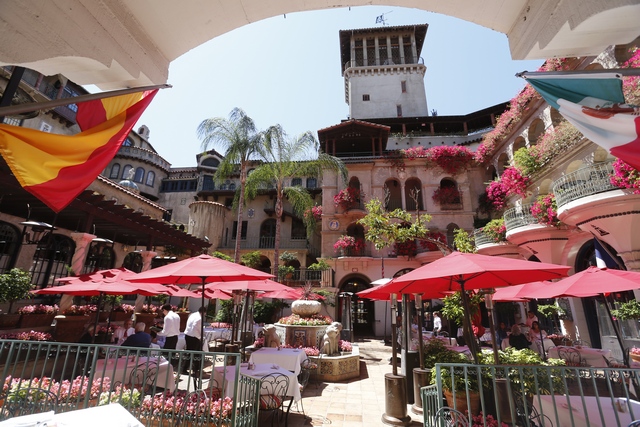
An interior courtyard dining area.
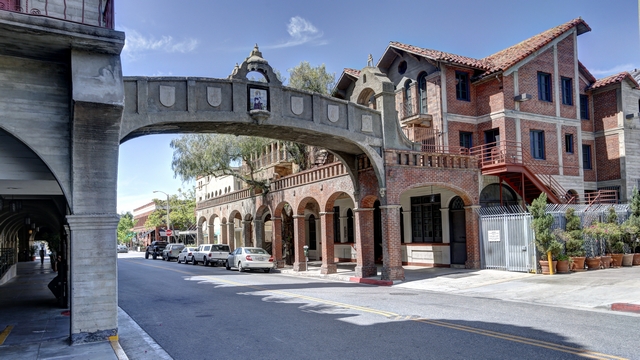
The back "service entrance" of the hotel.
The California University Museum of Photography has received a lot of good reviews so we decided it was worth a visit.
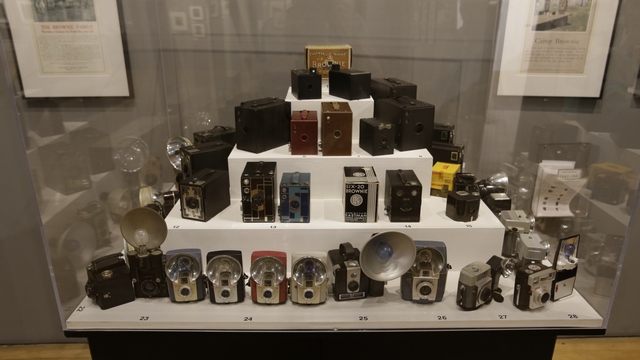
Some of the Brownie camera's on display.
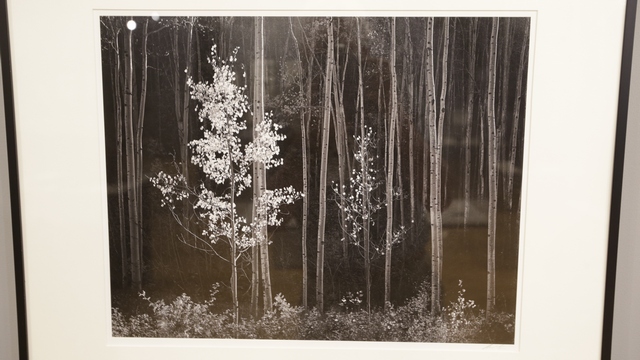
Ansel Adams, Aspens, Northern New Moeico, 1958 (printed 1978). Ansel Adams is one of Ed's and my favourite landscape photographers.
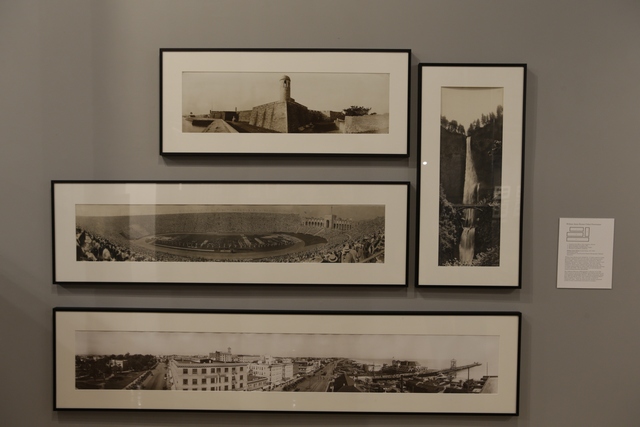
I really like this collection of photographs. William Amos Haines used a Kodak No. 10 Cirkut camera to make panoramic negatives that were ten inches wide and up to twelve feet in length. To make a panorama the entire camera rotated on a fixed tripod, outfitted with springs and gears. The swiveling camera panned its subject simultaneously exposing an entire roll of fill.
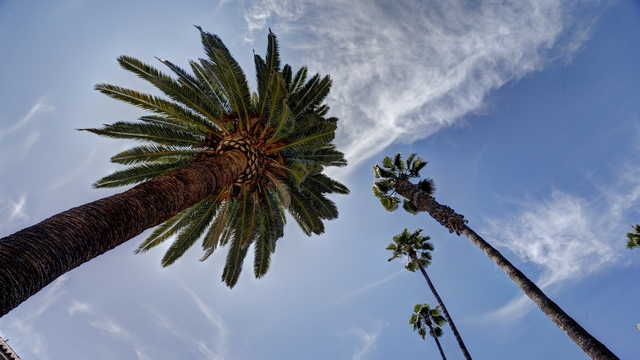
Ed's art shot.
After arriving at our friends (John and Carol) in San Diego, John, Ed and I took a walk to the waterfront.
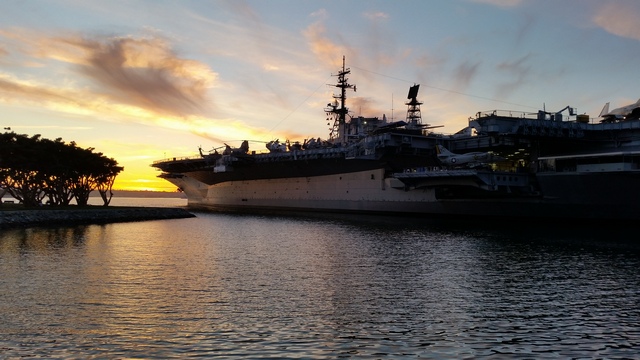
The USS Midway.
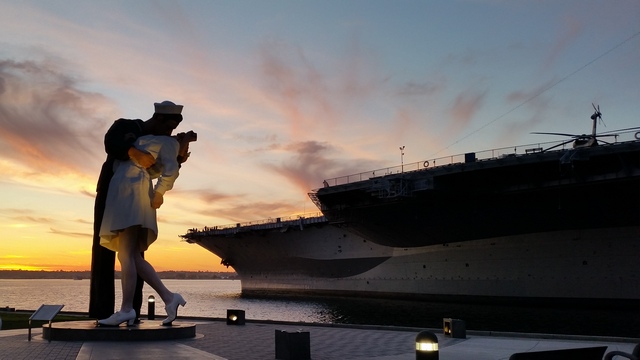
The famous "soldier kissing nurse statue" celebrating the end of world war II.
By 1882 Riverside was home to more than half of California's citrus groves, making it the state's wealthiest city per capita in 1895. The prosperity produced a downtown area of opeulent architecture, which is well preserved today.

A couple of the beautiful churches in the downtown area.


The crown jewel of Riverside is the Mission Inn, a Spanish Revival hotel whose elaborate turrets, clock tower, mission bells, and flying buttresses rise above down.



The entrance.

An interior courtyard dining area.

The back "service entrance" of the hotel.
The California University Museum of Photography has received a lot of good reviews so we decided it was worth a visit.

Some of the Brownie camera's on display.

Ansel Adams, Aspens, Northern New Moeico, 1958 (printed 1978). Ansel Adams is one of Ed's and my favourite landscape photographers.

I really like this collection of photographs. William Amos Haines used a Kodak No. 10 Cirkut camera to make panoramic negatives that were ten inches wide and up to twelve feet in length. To make a panorama the entire camera rotated on a fixed tripod, outfitted with springs and gears. The swiveling camera panned its subject simultaneously exposing an entire roll of fill.

Ed's art shot.
After arriving at our friends (John and Carol) in San Diego, John, Ed and I took a walk to the waterfront.

The USS Midway.

The famous "soldier kissing nurse statue" celebrating the end of world war II.